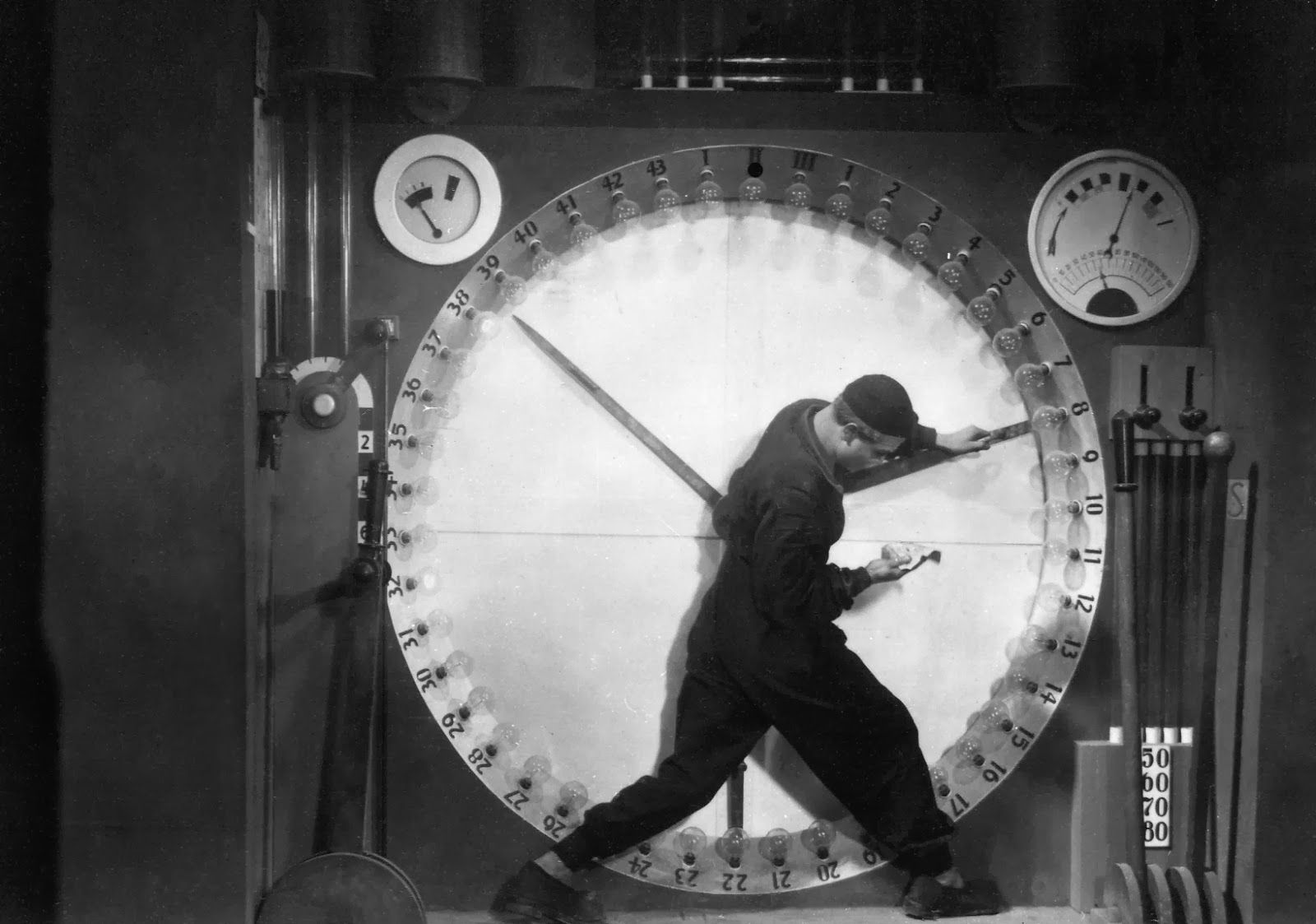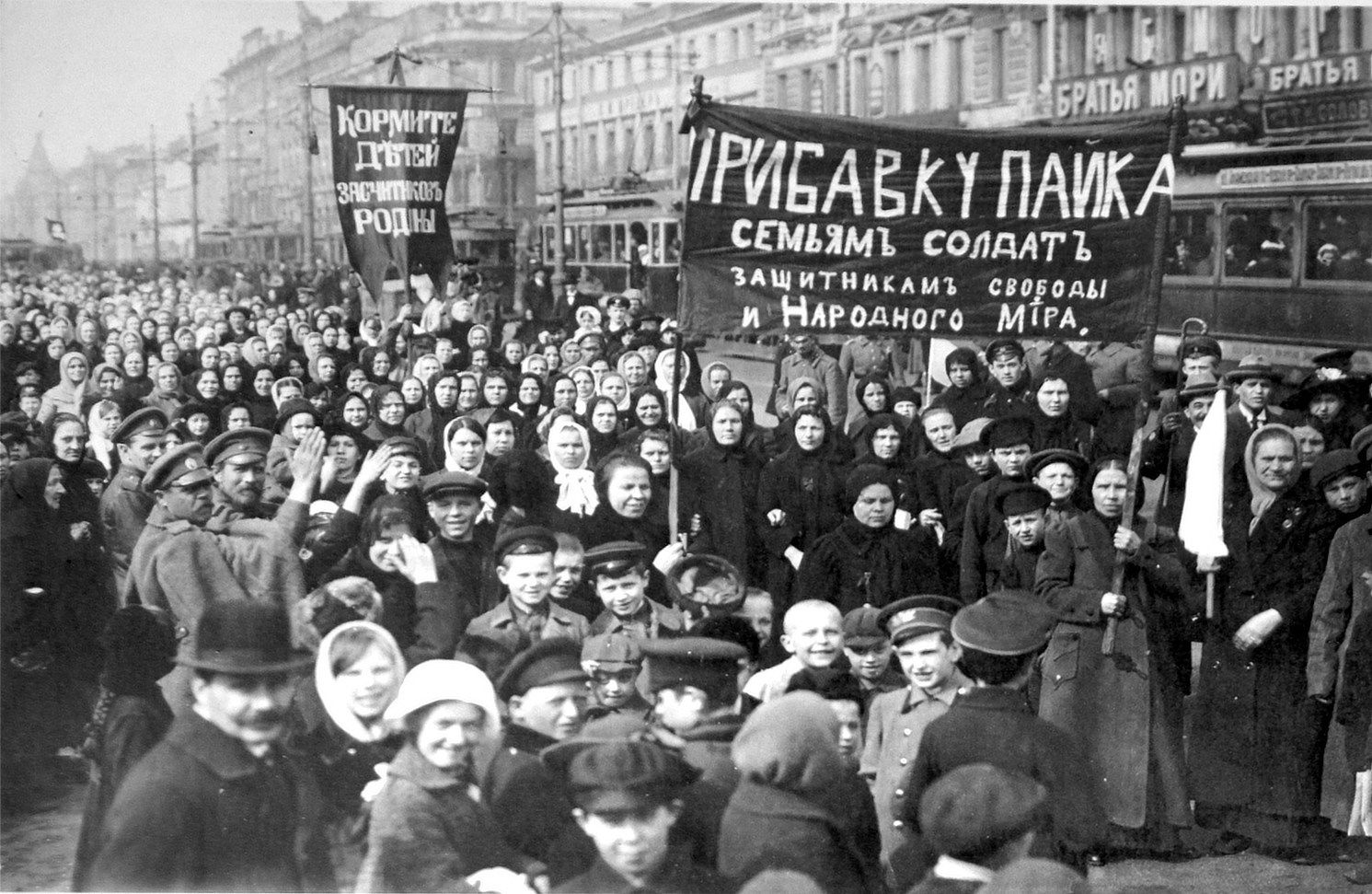1776 in world history
The American Revolution as bourgeois revolution

I. Introduction: The bourgeois revolution(s) and the American Revolution In the period stretching from the outbreak of the Seven Years’ War to the *coup d’état* that brought Napoleon Bonaparte to power in revolutionary France, the old order in Europe and North America gave up the ghost and passed away from the face of the earth. For the years between 1760 and 1800 were, as the liberal historian R. R. Palmer masterfully argued, the Age of the Democratic Revolution.
[Read More]


